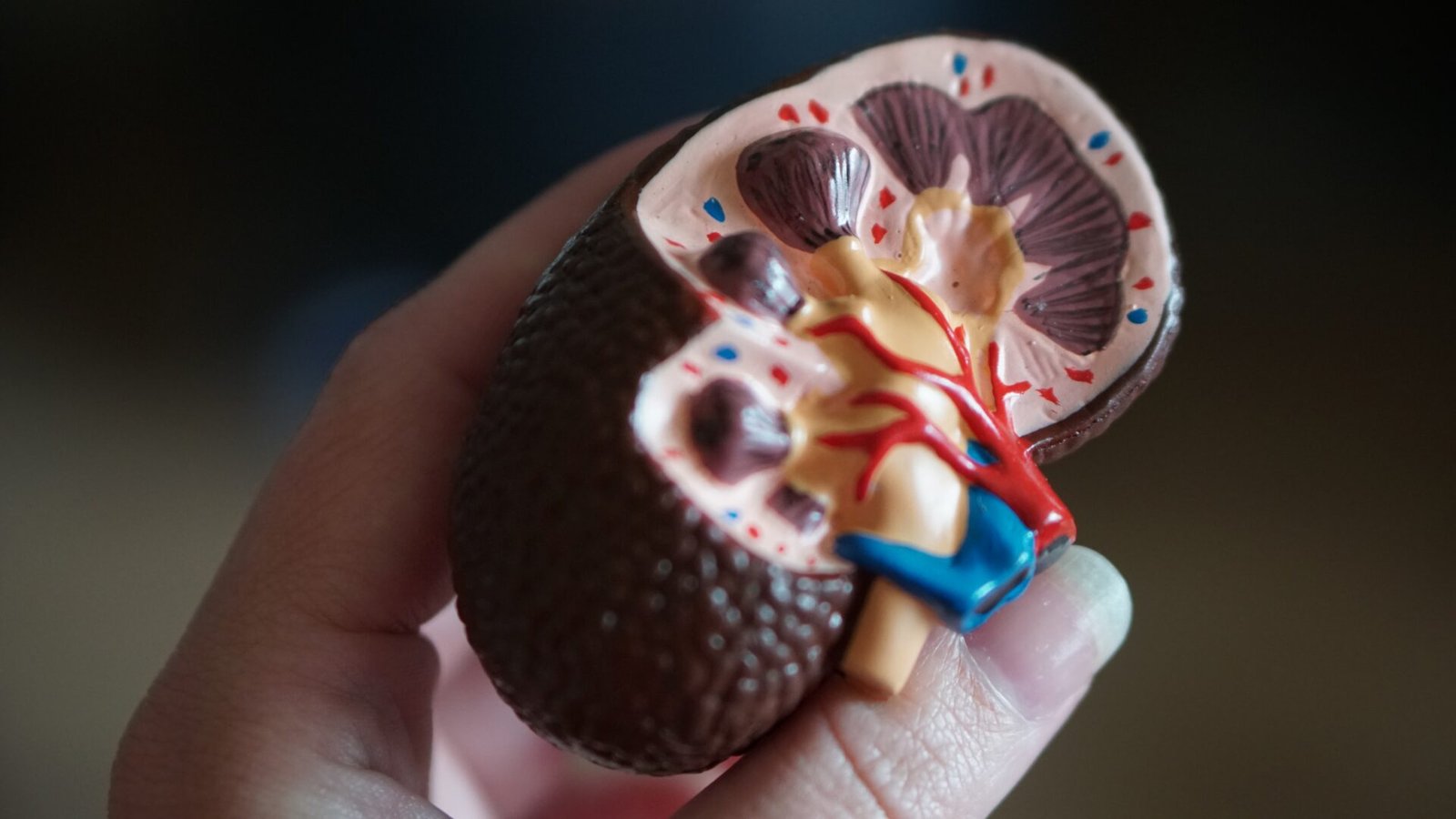Discover the latest advancements in kidney organoids and tubuloids, offering invaluable insights into the (dys)function of these crucial components. Get ready to explore the fascinating world of renal research.
Introduction

The prevalence of kidney diseases is on the rise, necessitating innovative approaches for effective therapies. In recent years, the field of nephrology has seen significant advancements in the form of kidney organoids and tubuloids. These sophisticated in vitro models have emerged as promising tools, offering a deeper understanding of kidney (patho)physiology. In this review, we delve into the recent developments in kidney organoids and tubuloids, exploring their potential in disease modeling, drug screening, and nephrotoxicity studies. These advanced models are revolutionizing our approach to kidney research, offering insights into the complexities of (dys)function at a cellular level.
What are Kidney Organoids and Tubuloids?
Human kidney organoids and tubuloids represent a significant leap forward in in vitro research. These models have the potential to overcome the limitations of traditional research methods, offering a more accurate representation of human kidney (dys)function. Recent breakthroughs have showcased their diverse applications, including segment-specific drug transport, response to the extracellular microenvironment, endocrine functions, and functional electrolyte and water transport.
Kidney tubuloids, derived from human or mouse renal epithelial cells, emulate the characteristics of natural kidney cells remarkably well. Growing in a polarized manner within a 3D structure, these tubuloids offer the unique ability for long-term expansion. Their gene expression patterns not only validate their authenticity but also demonstrate their representation of diverse nephron segments. This makes them invaluable in scientific research, providing insights into renal biology and disease mechanisms.
What are Recent Developments?
Recent studies have highlighted the remarkable functional capabilities of kidney organoids and tubuloids. These micro-models can mimic essential aspects of kidney physiology, including endocrine activity and drug, electrolyte, and water transport. Segment-specific drug transport and responses to the extracellular microenvironment are notable achievements, paving the way for targeted therapies and precision medicine approaches.
Technological Innovations Driving Progress
The evolution of kidney organoids and tubuloids is closely intertwined with technological advancements. Multiomics, machine learning, automated high-throughput culture systems, and organ-on-a-chip technologies have significantly enhanced our understanding of these models. These innovative tools not only provide insights into their functional properties but also contribute to their maturation, making them invaluable resources for personalized disease modeling and reliable preclinical research.
What are Current Limitations and Future Perspectives?
Despite the tremendous progress, challenges persist in the field of kidney organoids and tubuloids. Addressing these limitations is crucial for the continued advancement of these models. Researchers are actively working to refine their methodologies, ensuring a more accurate representation of the complex kidney microenvironment. Moreover, ongoing studies are focused on leveraging the functional properties of these models for translational and personalized medicine applications.
Conclusion
In conclusion, kidney organoids and tubuloids represent a paradigm shift in kidney research. Their ability to mimic (dys)function at a cellular level opens new avenues for understanding kidney diseases and exploring innovative therapies. As technology continues to propel this field forward, the future holds the promise of personalized medicine approaches, offering hope to patients and researchers alike.
FAQs
Q: Are kidney organoids and tubuloids the same thing?
A: No, kidney organoids are 3D kidney models, while tubuloids are a subset focusing on the renal tubules within these models.
Q: How are kidney organoids created?
A: Kidney organoids are grown from stem cells that are coaxed into forming kidney-like structures.
Q: Can kidney organoids replace the need for kidney transplants?
A: While they hold promise for regenerative medicine, replacing transplants is still a distant goal.
Q: Are there ethical concerns surrounding kidney organoid research?
A: Ethical considerations are a part of the conversation, especially regarding research on human embryos.
Q: What role do kidney organoids play in personalized medicine?
A: Kidney organoids can be generated using a patient’s own cells, allowing tailored treatments.
Q: How do tubuloids contribute to drug testing?
A: Tubuloids excel in assessing drug-induced kidney damage, ensuring safer medications.
References:
[^1^] Dilmen, E., Orhon, I., Jansen, J., & Hoenderop, J.G.J. (2023). Advancements in kidney organoids and tubuloids to study (dys)function. Trends in Cell Biology. DOI: https://doi.org/10.1016/j.tcb.2023.09.005. Published: October 19, 2023.

This is the informative, the organoids/ tubuloids may be treat by medicine or whatever symptoms analyse by genetic counselling. Kidney diseases observed in certain caste recess, in this regards awareness must.